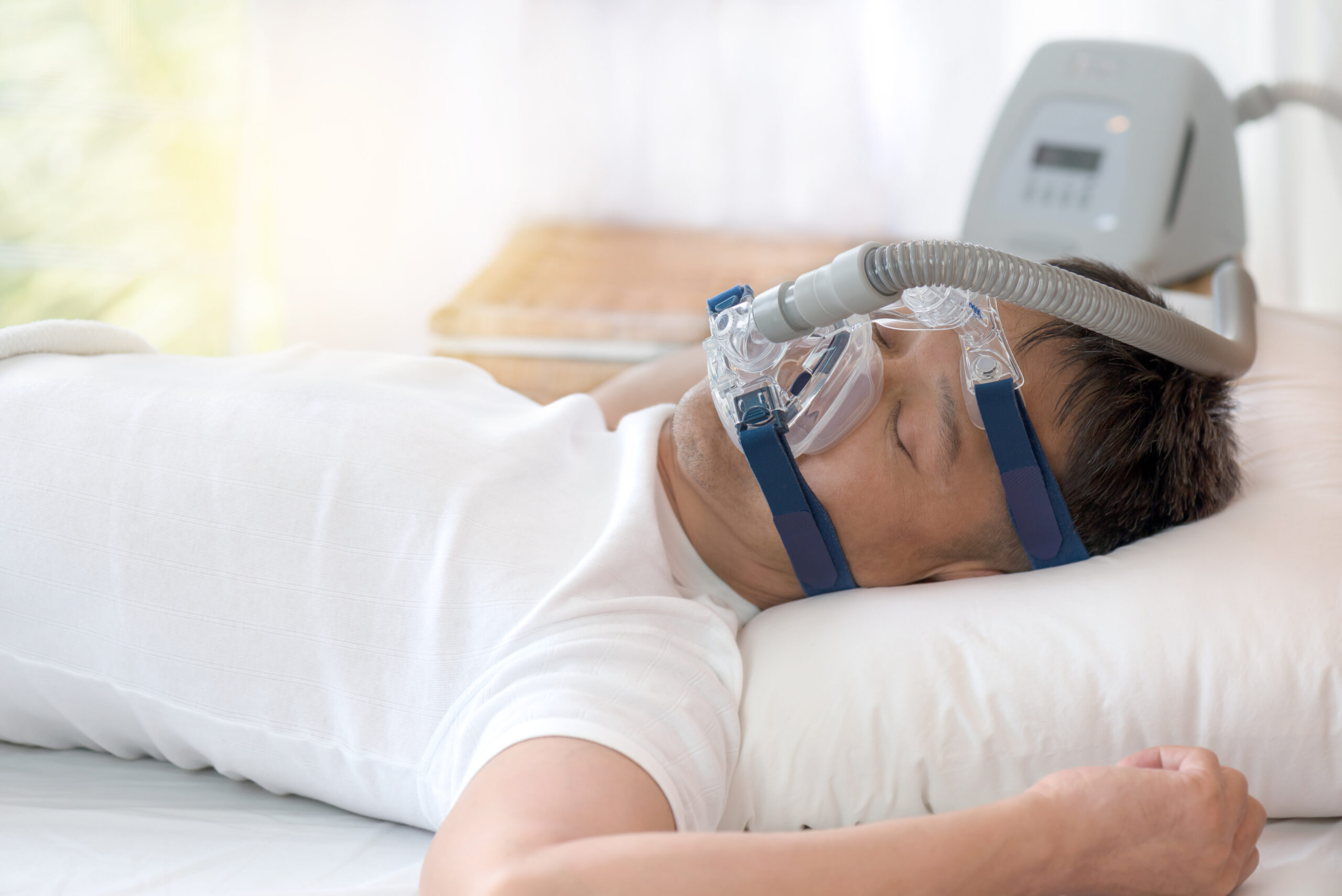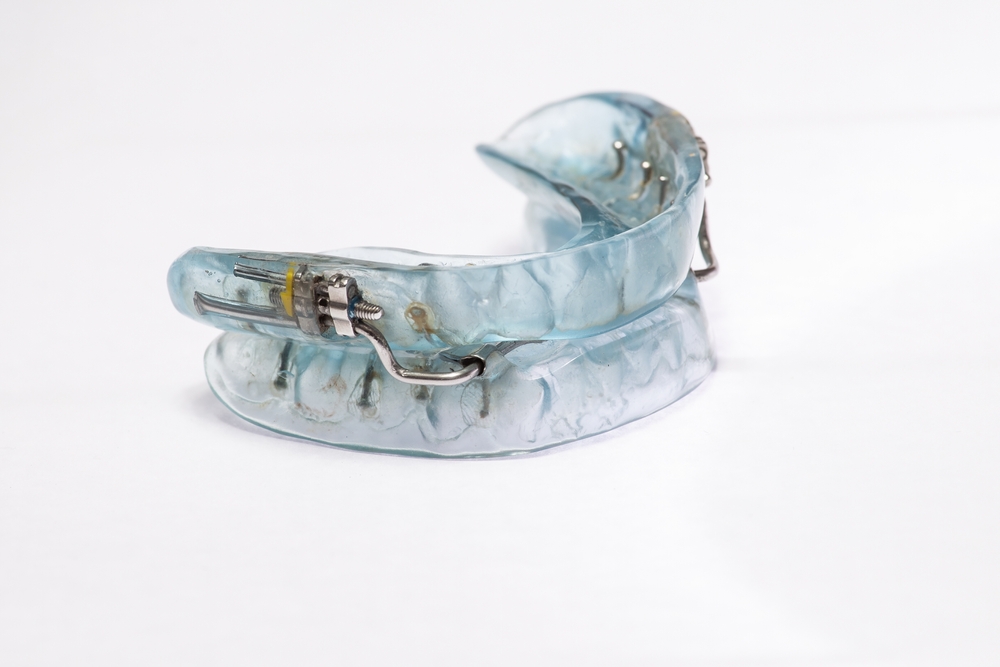Many people snore, or make a snorting, whistling, or rumbling sound in their airway when they sleep. Up to 44% of people ages 30 to 60 snore on a regular basis, and almost everyone snores occasionally.
If your snoring is disrupting you or your bed partner’s sleep, there are several methods you can try to stop snoring. One method is doing exercises that strengthen and tone muscles in the mouth, throat, and other parts of the upper airway.
Learn more about why people snore, exercises you can practice to strengthen upper airway muscles, and when to speak with a doctor about your sleep health concerns.
Why Do We Snore?
Snoring occurs as air passes through relaxed or narrow tissues in the mouth, nose, and throat during sleep, producing sounds caused by the vibration of these tissues.
There are many medical conditions that cause snoring, including obstructive sleep apnea, nasal polyps, and nasal congestion from allergies or the common cold.
Anatomy can also play a role in whether a person snores. The size and shape of the structures in the mouth, nose, and throat, as well as the tone or tension of the muscles in a relaxed state are common factors for snoring.
Having a tongue with a large base or swollen tonsils can lead to snoring. People who have recently gained weight or have obesity are also at increased risk for snoring. Thicker necks, additional tongue fat, and narrower airways can partially obstruct the flow of air, which can also lead to snorting, gasping, or whistling while asleep.
Poor muscle tone can contribute to loose tissue in the upper airway. As breath passes by, it can cause these loose tissues to flutter or vibrate. Poor muscle tone can result from taking certain medications or drinking alcohol before bed. Older adults also tend to lose muscle tone in the throat and mouth as they age.
When a person sleeps on their back, soft tissues are more likely to fall back into the airway, increasing the risk of snoring.
Obstructive Sleep Apnea
Obstructive sleep apnea (OSA) is a disorder in which a person’s breathing stops and starts during sleep. This happens when the soft tissues of the mouth, nose, and throat collapse into the upper airway and block the flow of air. OSA affects 10% to 30% of people in the U.S.
Snoring is a common symptom in people diagnosed with OSA. Other symptoms of OSA include daytime sleepiness, waking up frequently during the night, and morning headaches. A person’s bed partner may also be bothered by sounds of snoring, choking, or gasping for air.
Most people who snore do not have OSA. However, people who have OSA often snore. If you or your bed partner snore frequently or struggle with getting enough healthy sleep, speak with a health care professional.
What is Myofunctional Therapy?
Myofunctional therapy is a set of exercises that can improve muscle strength in the mouth, face, and throat, as well as encourage proper tongue posture and breathing. Research suggests that regularly practicing mouth and throat exercises over time may help reduce snoring.
Myofunctional therapy may also be referred to as orofacial myofunctional therapy, oropharyngeal exercises, upper airway exercises, or mouth and throat exercises.
Speech pathologists, sleep specialists, and dental professionals usually have training in upper airway exercises. If your health care provider thinks you may benefit from myofunctional therapy, you may be referred to a specialist.
Can Mouth and Throat Exercises Help Stop Snoring?
People who regularly practice mouth and throat exercises may experience some relief from snoring. Some studies also indicate that myofunctional therapy may improve snoring associated with mild to moderate obstructive sleep apnea and improve the regular use of a continuous positive airway pressure (CPAP) machine in people with OSA.
Although mouth and throat exercises may help with snoring related to obstructive sleep apnea, upper airway exercises are not an effective treatment for OSA. Myofunctional therapy should not replace other treatments for sleep apnea prescribed by a doctor.
Studies are ongoing to learn more about the benefits of myofunctional therapy for snoring and sleep apnea.
How Often Should You Do Mouth and Throat Exercises?
Researchers and health professionals suggest that practicing upper airway exercises anywhere from 8 to 30 minutes a day can be beneficial if continued for at least three months.
Experts agree that performing the exercises as prescribed consistently over time provides the most benefit.
Exercises That Can Help with Snoring and Sleep Apnea
There are a variety of exercises that you can perform over time to improve the tone and strength of muscles in the mouth, face, and throat. Talk with a health care professional if you have questions about which exercises may be most beneficial for your snoring.
Tongue Exercises
Practicing exercises that strengthen the muscles of the tongue and improve tongue posture can help improve snoring.
| Tongue Slide |
|
| Tongue Aerobics |
|
| Tongue Push Up |
|
| Tongue Stretch |
|
Face Exercises
Movements that exercise muscles in the face can help people sleep with their mouth closed as well as improve the strength of muscles in the upper airway.
| Lip Purse |
|
| Cheek Hook |
|
| Side-to-Side Jaw Movement |
|
| Open and Close |
|
| Button Hold |
|
Nasal Breathing Exercises
In general, most people breathe through their nose. Snoring is common in people who regularly breathe through their mouths. Nasal breathing exercises improve strength and muscle tone in the mouth and throat area which can encourage breathing through the nose and maintain an open airway during sleep.
| Nostril Breathing |
|
| Balloon Breathing |
|
Throat Exercises
Throat muscles can be exercised by singing or pronouncing vowel sounds.
Taking time each day to pronounce vowel sounds can strengthen throat muscles. You can practice by enunciating the vowels a-e-i-o-u. Pay special attention to exaggerating the sounds. You can also draw out the vowels to make each of them last several seconds.
Daily singing exercises may also strengthen and tone mouth and throat muscles. Limited research suggests that singing regularly over the course of three months can reduce the frequency, severity, and loudness of snoring as well as improve the symptoms of mild to moderate OSA.
When to Talk to Your Doctor
Talk with your doctor if your snoring is affecting your sleep health or the sleep health of your bed partner. Be sure to inform your doctor if you have any of the following risk factors for obstructive sleep apnea:
- High blood pressure
- Morning headaches
- Excessive daytime sleepiness
- Weight gain or obesity
- Loud, persistent snoring
- Gasping or choking for air during sleep
Your doctor may ask you questions about your health history and your sleep to understand if there is an underlying condition causing your snoring. Your doctor may refer you to a specialist or order a sleep study to learn whether your snoring is related to sleep apnea. A specialist may also be recommended if your doctor feels you may benefit from myofunctional therapy.









